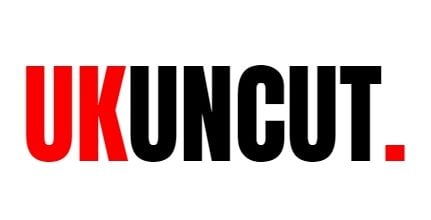Hughes Marino just opened offices in Boston and the Raleigh-Durham area of North Carolina, two zones where life science is soaring. Thoughtfully expanding in cities where technology and science are brewing has long been a philosophy of the award-winning real estate advisory company.
Right now, life science is prospering in San Diego, Boston, and the San Francisco Bay Area.
Reports have found building a new lab in one of these three largest life science markets in the United States can cost anywhere from $675 to $1,200 per square foot. This compares to roughly $600 to $850 per square foot for a new standard office build.
David Marino, Hughes Marino co-founder and executive vice president, understands life science needs better than most and not only assists clients with relocation, renewal, expansion, and renegotiation of their leases, but connects them with optimum life science lab space.
Marino said it’s not something everyone handles and it’s definitely something his company does with passion, commitment, and care. Life science markets are fueled by technological advances and an ever-evolving need for medical breakthroughs. Even throughout the pandemic, life science operations continued to thrive.
“Our firm has been representing life science tenants for our whole careers, for 30 years,” Marino said.
As research increases, there’s an uptick in life science investment interest. Through the National Institutes of Health, the U.S. government is paving the way for innovative technologies, and private companies are getting more involved with the push to develop new medical therapies.
The COVID-19 pandemic not only brought more relevancy to the life science market, but it downright created urgency with the rush to roll out vaccines and troubleshoot new health discoveries. It also put a spotlight on the pharmaceutical industry, furthering the spike for the life science sector.
“There are a few life science markets in the U.S., and fortunately we are in all of them,” Marino says. “Having just opened up in Raleigh-Durham and including our Boston office, we have rounded out our footprint. We’ve also got tremendous strength in San Francisco and Seattle, which are the primary West Coast markets.”
Hughes Marino Is Strategically Positioned in the Strongest Sectors of the Life Science Industry
Marino says San Diego, the San Francisco Bay Area, the greater Boston area, the Research Triangle in North Carolina, and Seattle are the primary markets for life science work — and it’s smart to keep life science grouped together.
“I would advocate it’s not in the interest of the science to have a fragmented industry because unlike the insurance industry or the legal industry, life science companies recruit a very specific type of person,” Marino says.
He compared the situation to a student graduating from law school and then expecting to work at a laboratory.
“All these people come out of the local universities and then tend to stay in that community. Go back 50 years, why is it like it is? Well, it’s because in San Diego, for example, you have [the University of California San Diego], and you have the Salk Institute and all of the other research institutes around there that have been there for 40, 50 years, and that has attracted more Ph.D.s and more Nobel prize winners than you could ever imagine.”
San Diego’s Life Science Sprawl
As a direct result, Marino says life science companies sprang up around San Diego and have remained there.
But tapping the top talent isn’t enough. Life science clients require the proper work space and in many cases, it’s custom lab space. That’s where Hughes Marino comes in to offer unique and immediate solutions while maintaining constant communication with clients and investors alike.
He said team members also work to ensure landlords create enough lab space with the proper equipment and facilities so offices don’t need to be repurposed and investments can remain in place.
“They don’t want to tear it out and say, ‘Well, let’s turn it back into office space,’” Marino said.
Demand for lab space lives on in San Diego, where over the past three years, buildings have been torn down to make room for life science space. A report found construction projects in the 12 largest life science markets in the U.S. saw a 44% increase through the first half of 2022 compared to 2021. However, the biotech business space doesn’t come cheap.
As the industry speeds on, Hughes Marino is continuing to hire life science-savvy team members to keep the company as a powerful pivoting point for businesses on the hunt for specific lab space.
“It’s been a big focus of ours as we’ve expanded initially into San Francisco and then Seattle, that our teams there have extensive life science experience,” Marino said.
He added that having team members who understand manufacturing and supply chain company challenges is another asset. Being in the right markets at the right time is something that Marino explained has given Hughes Marino an edge.
“We have a very strong culture,” Marino said. “Using that as our guiding light, we go into these markets and see if we can find those people. And it turns out what’s happened is, as we’ve grown, we’re attracting more and more people like that.”
He remembered the days when his own company was a startup and aimed to become a national market player. Marino recalled people who were hesitant at first — but he quickly made them believers by delivering results through the firm’s mindset of perseverance.
“A lot of people that could have done well at the firm pooh-poohed the idea that we had any legitimacy or that we could pull it off,” he said. “And I get it. You have to have a lot of self-confidence and be pretty brave to join a startup company.”

